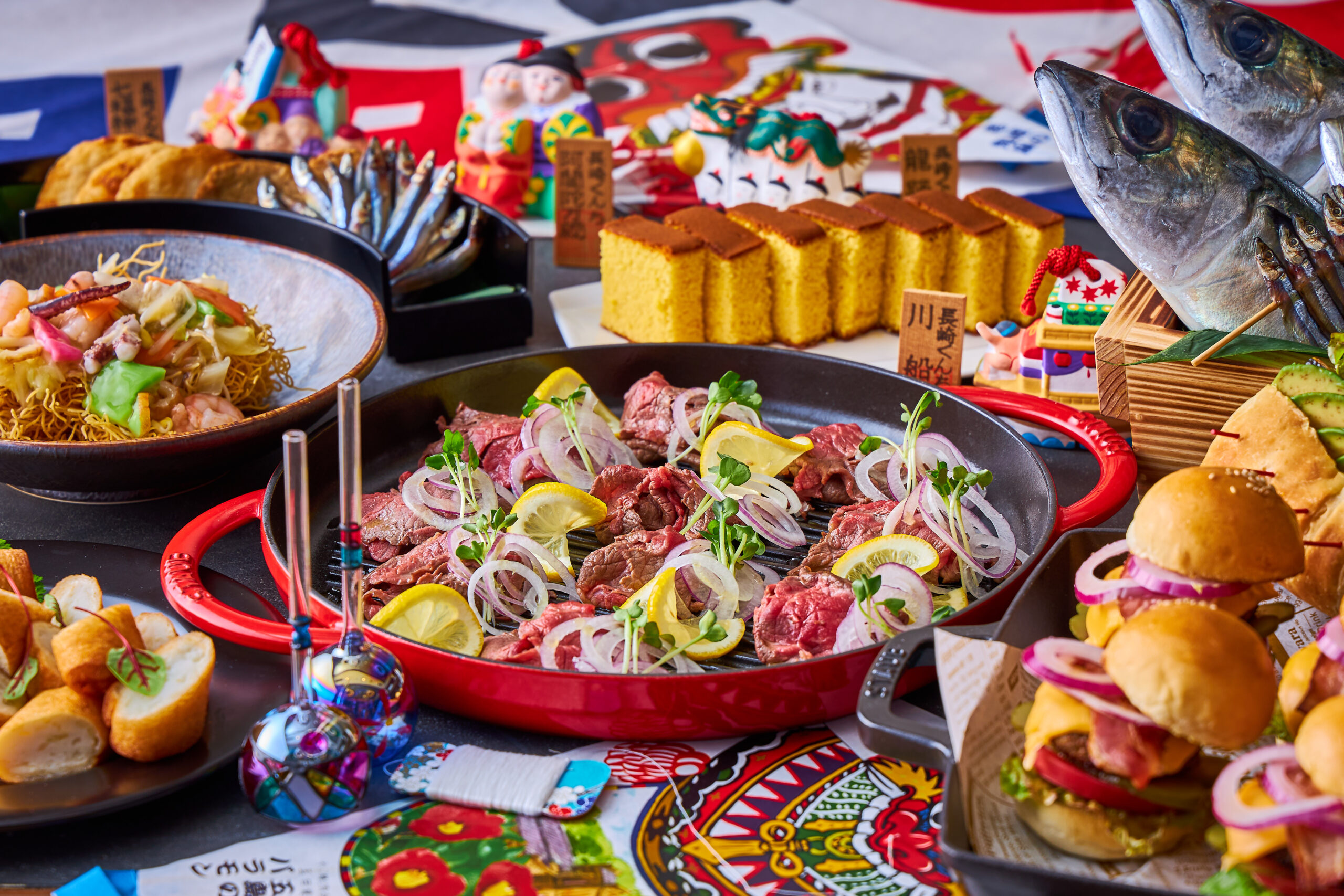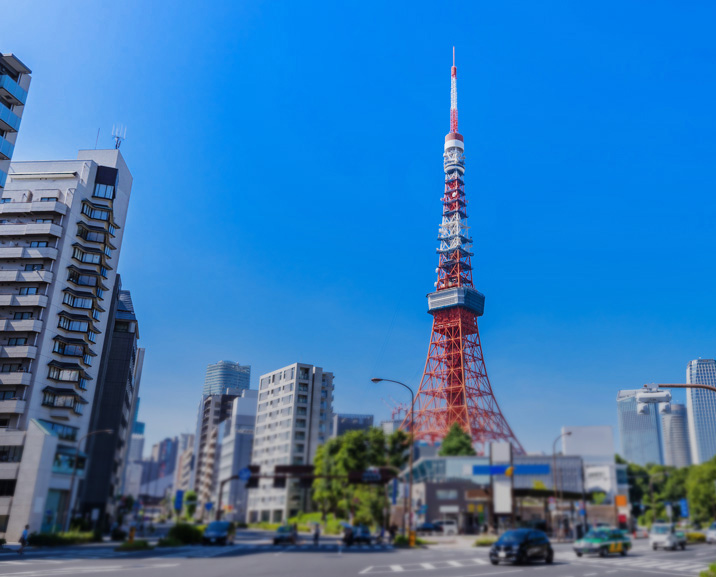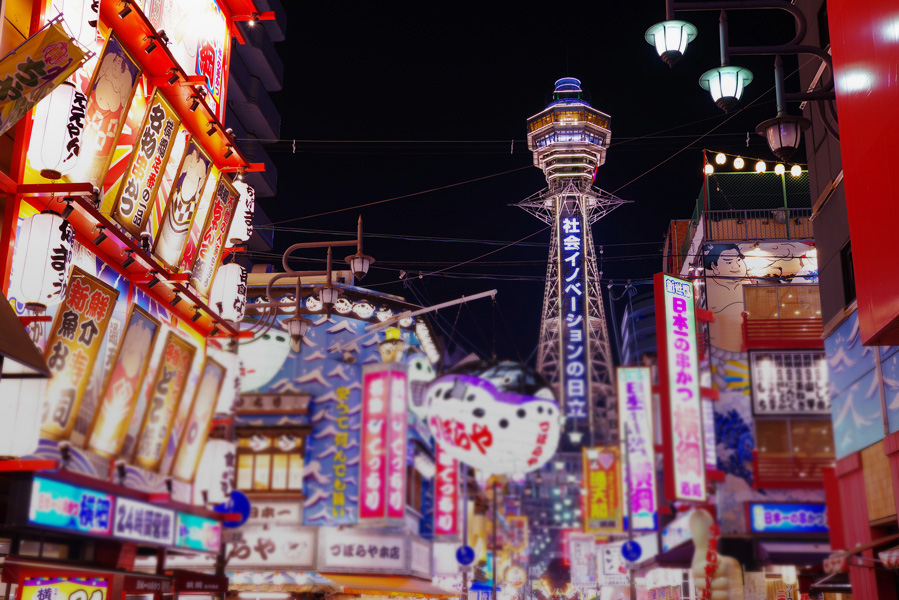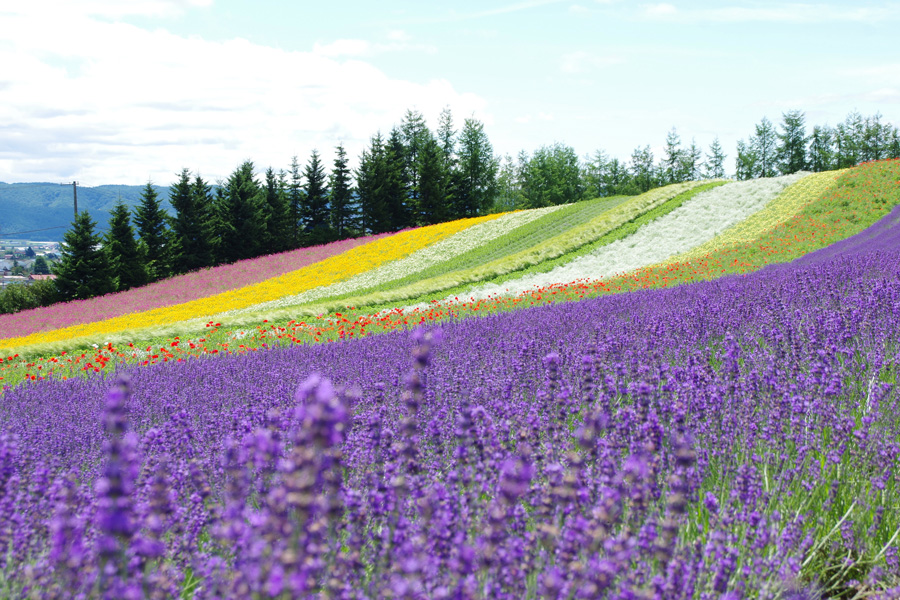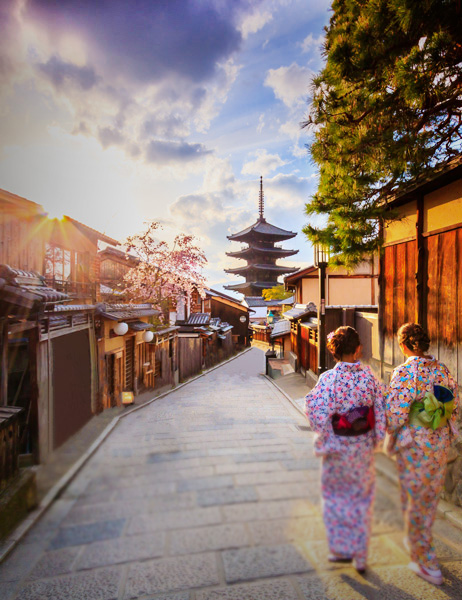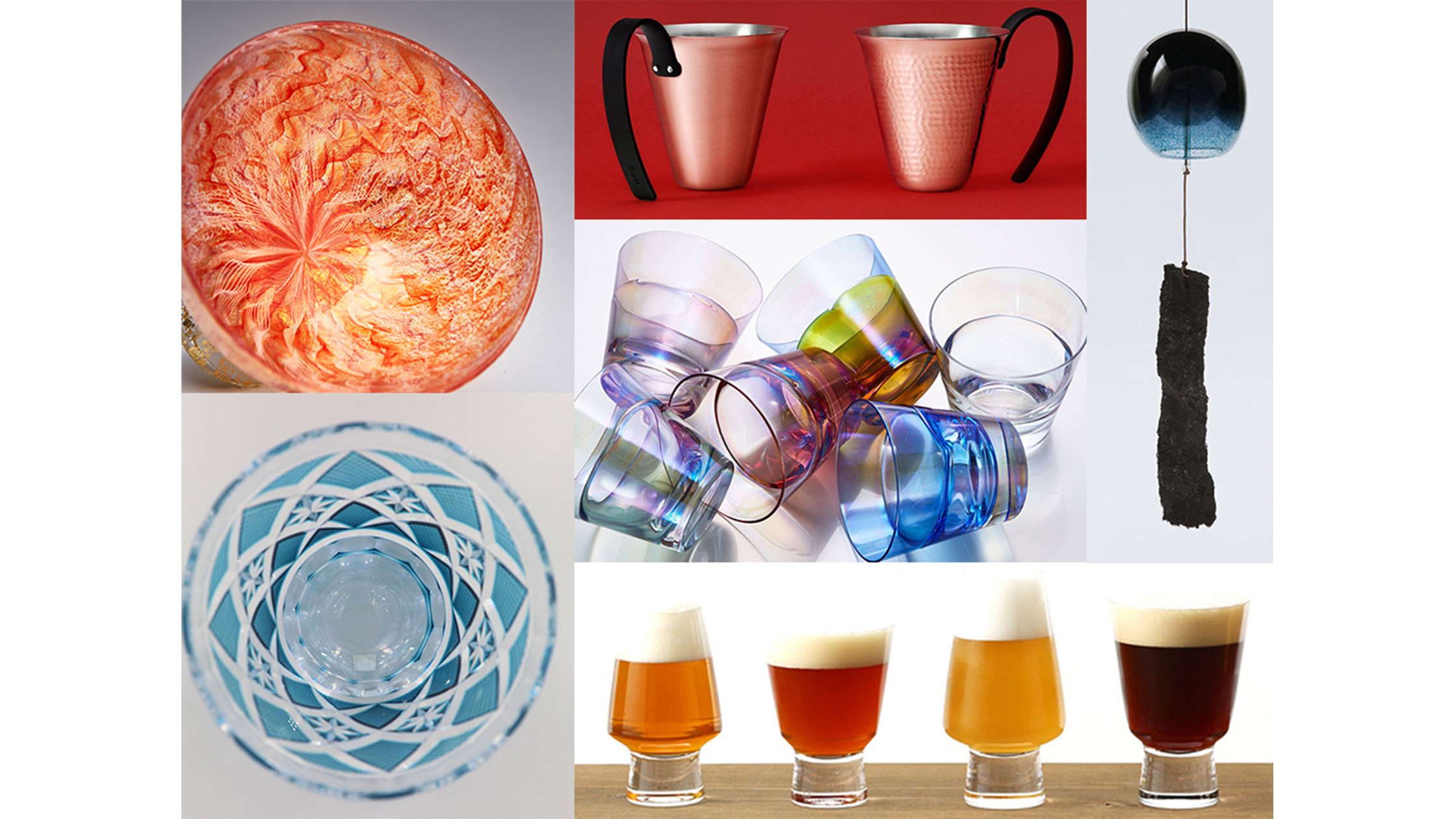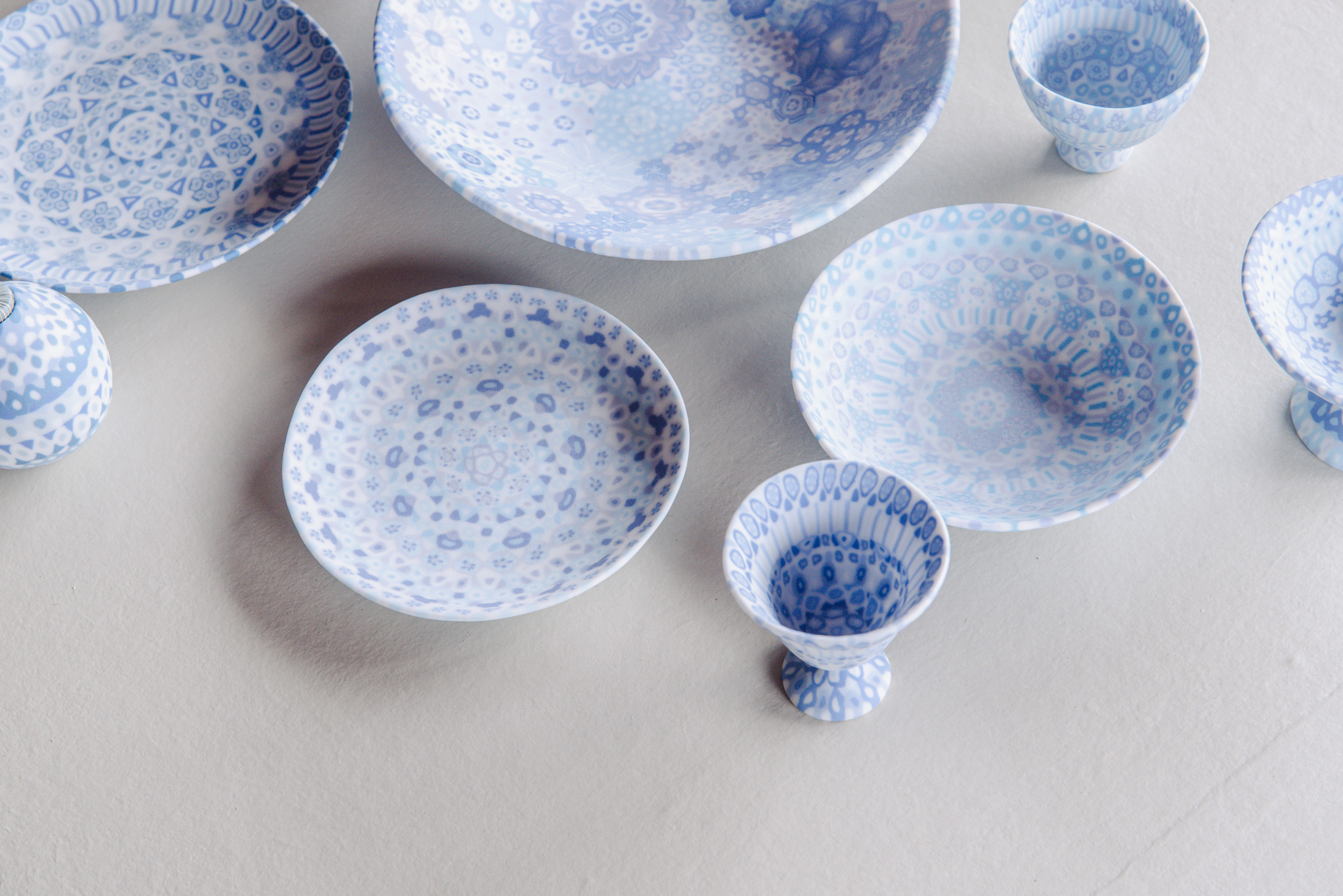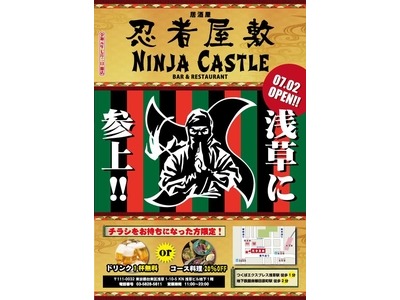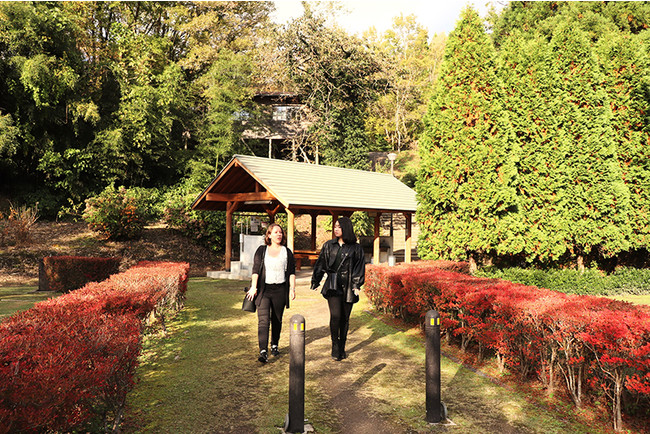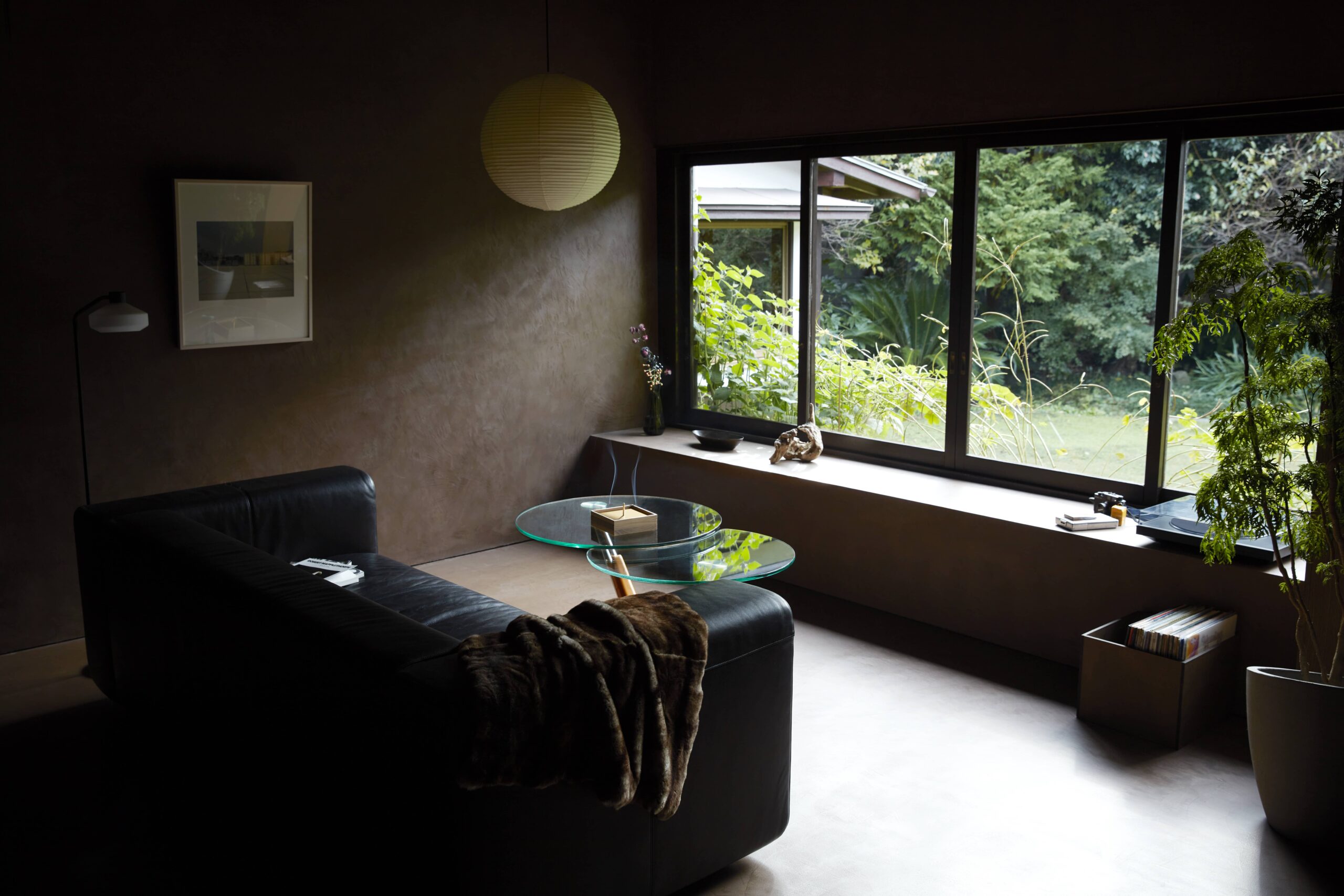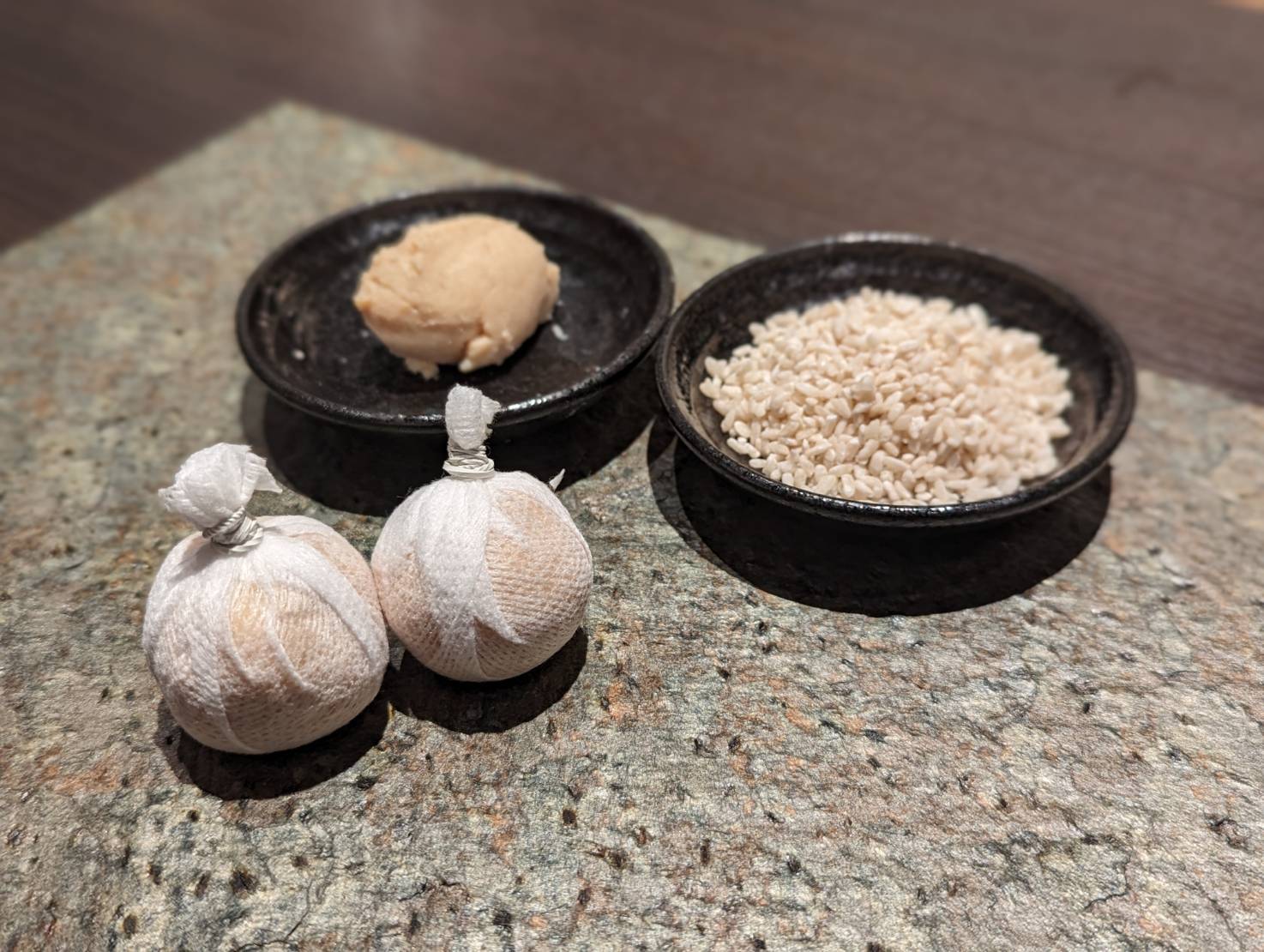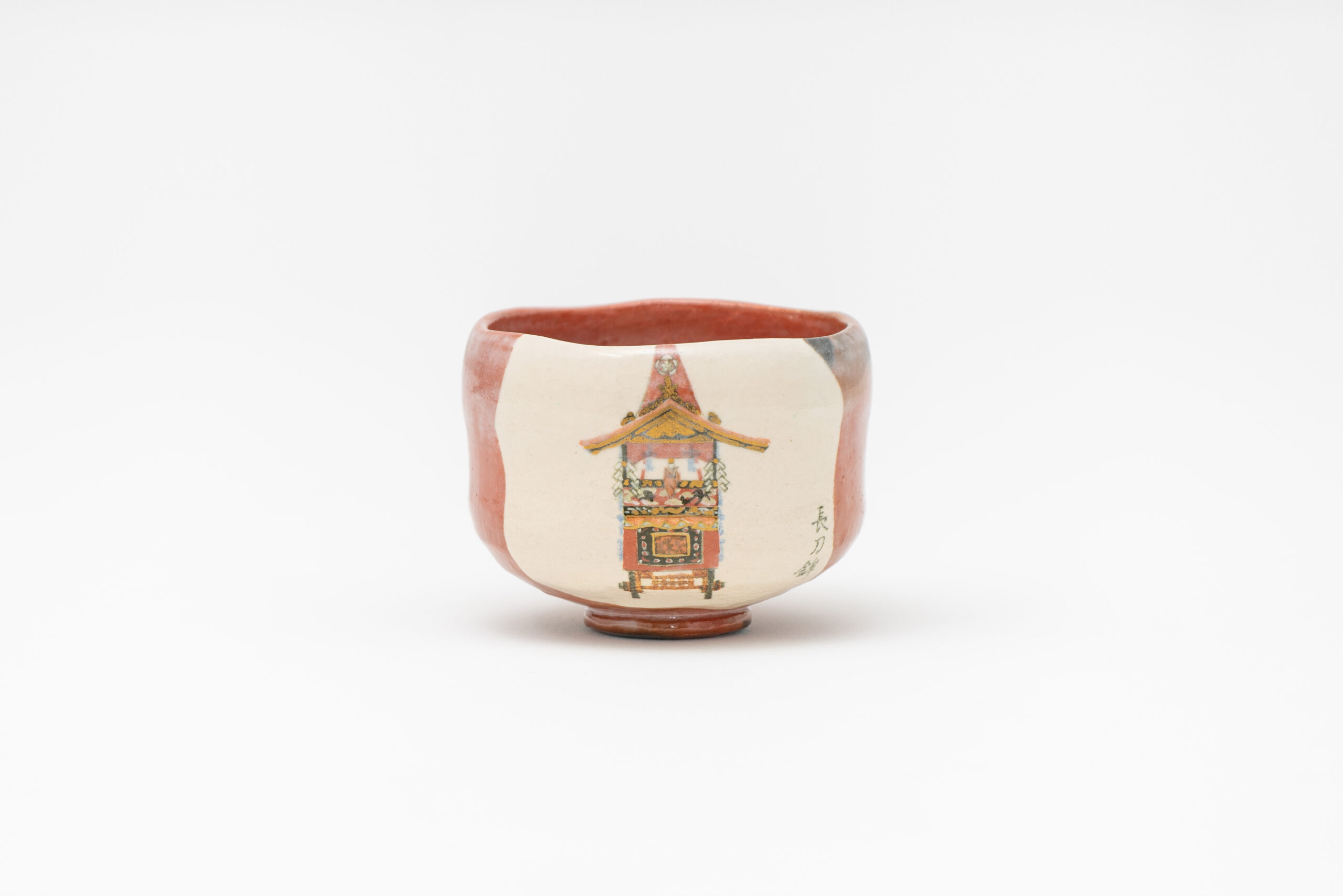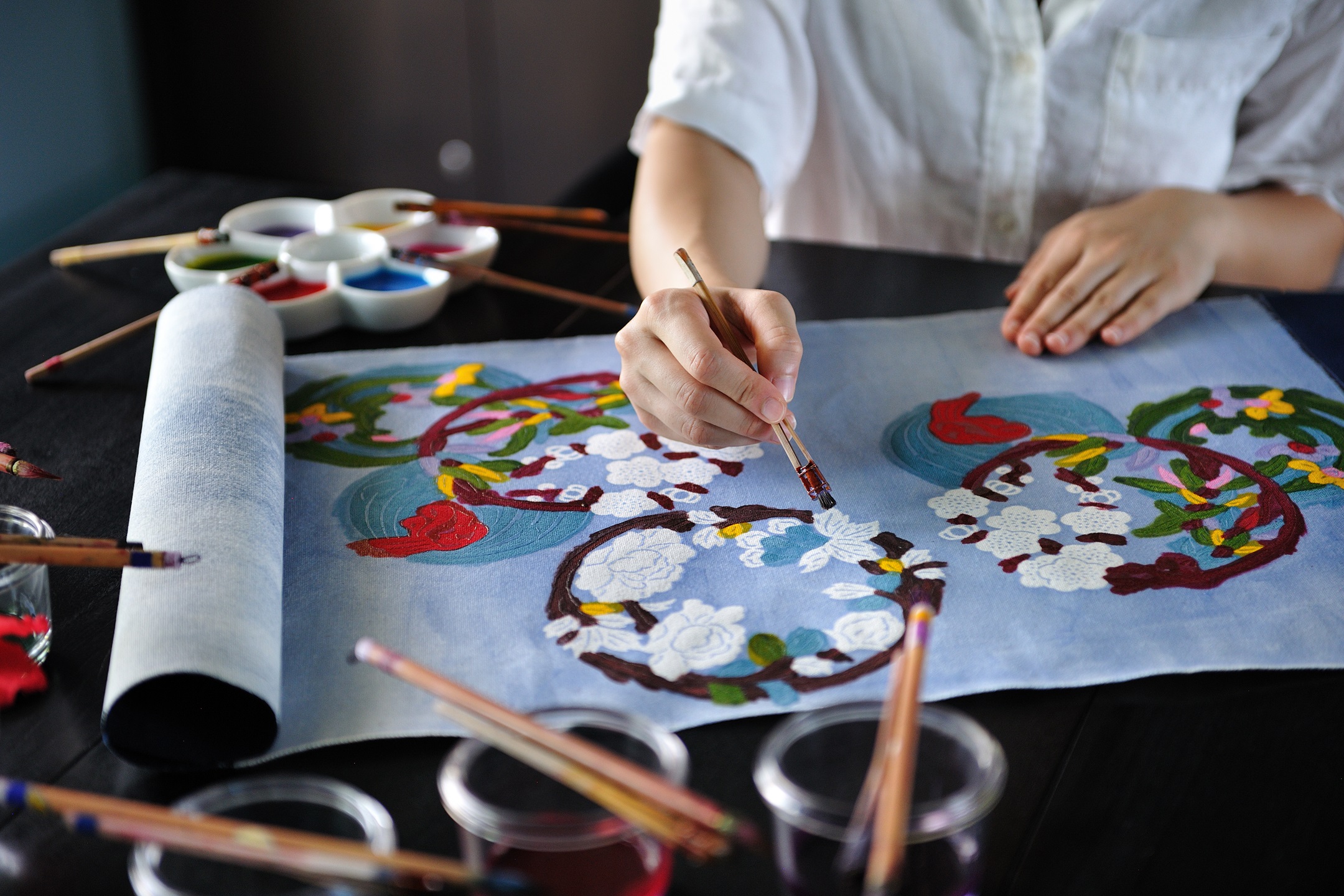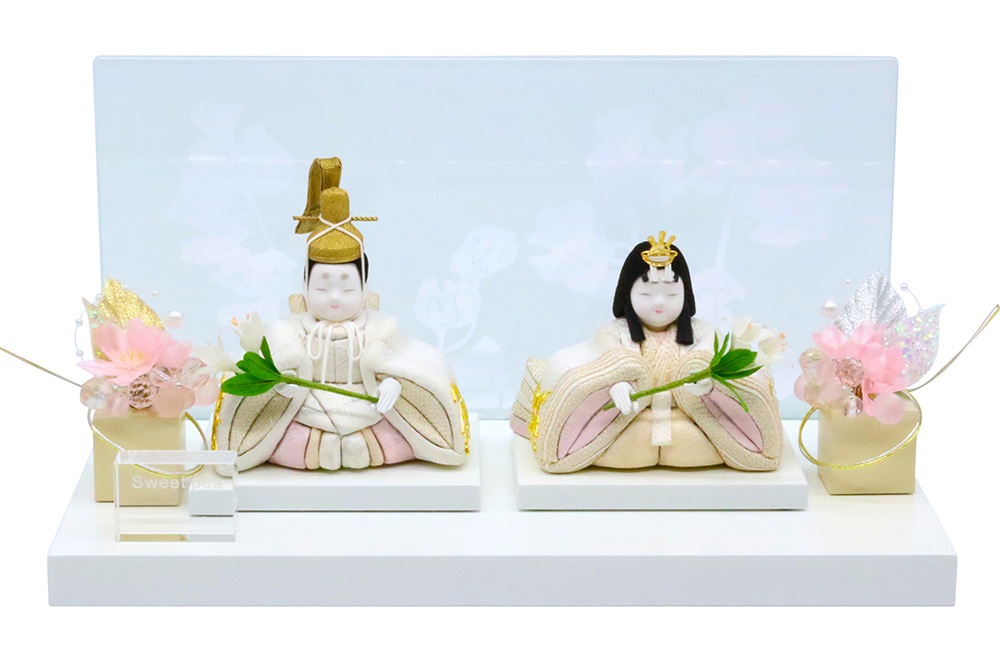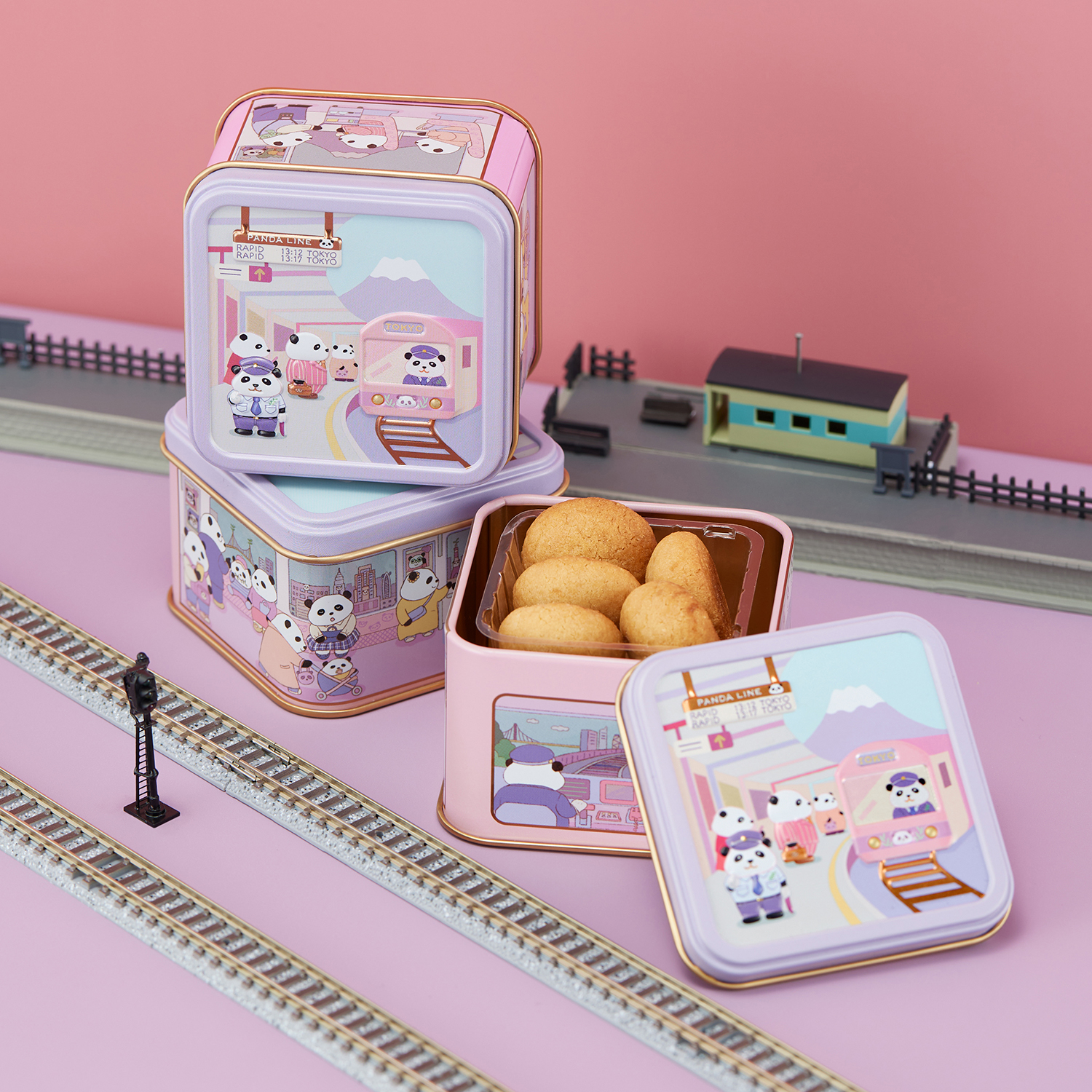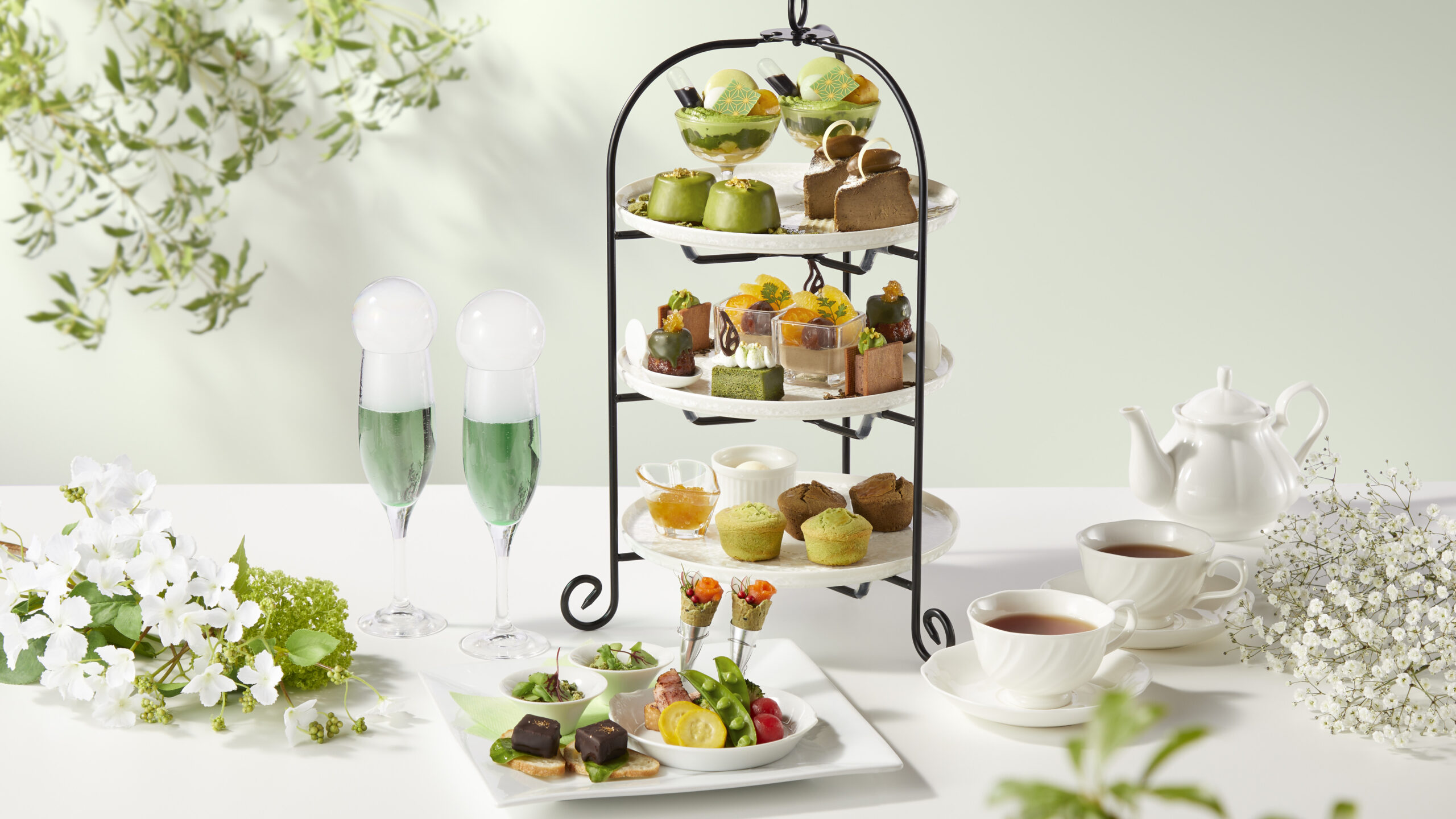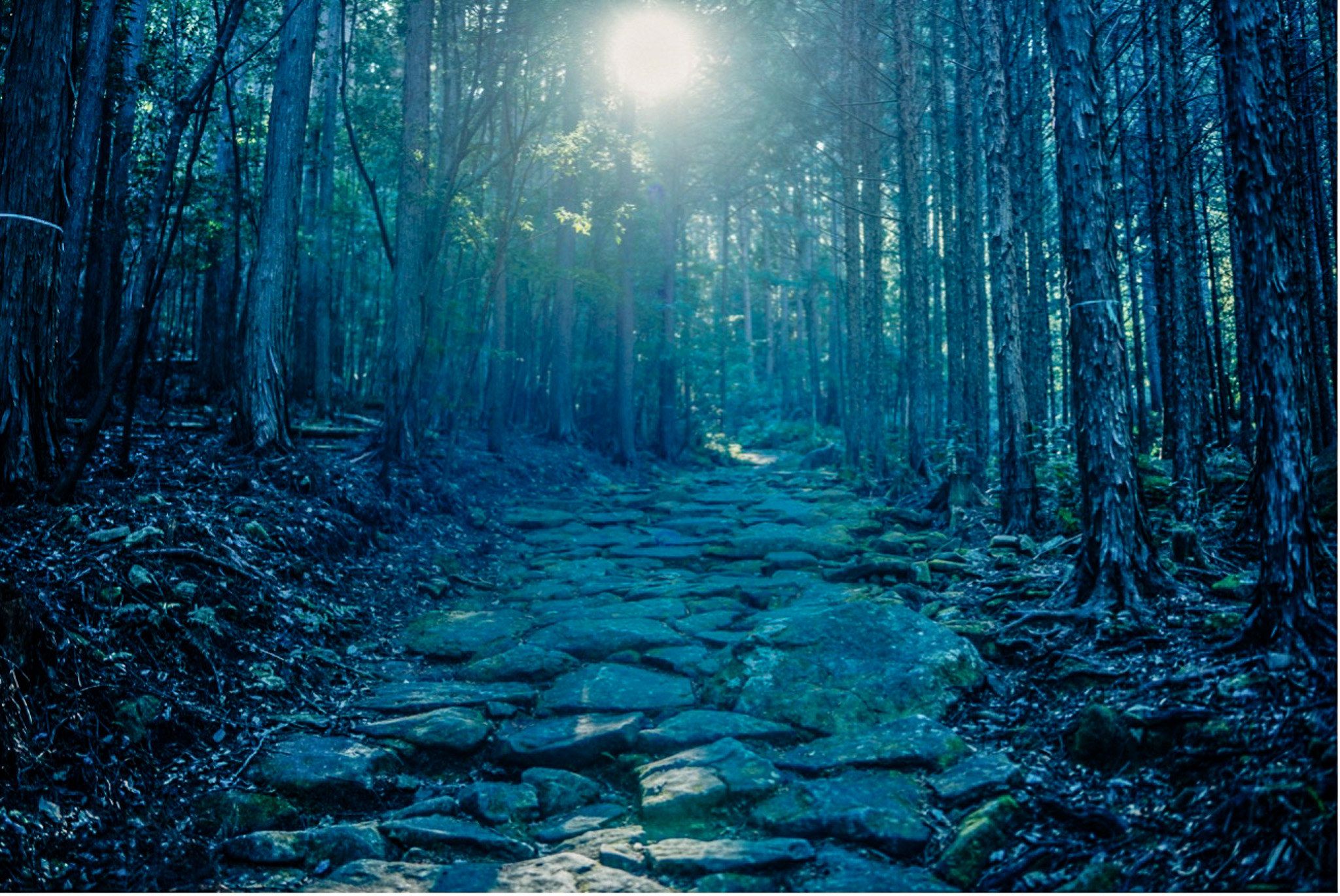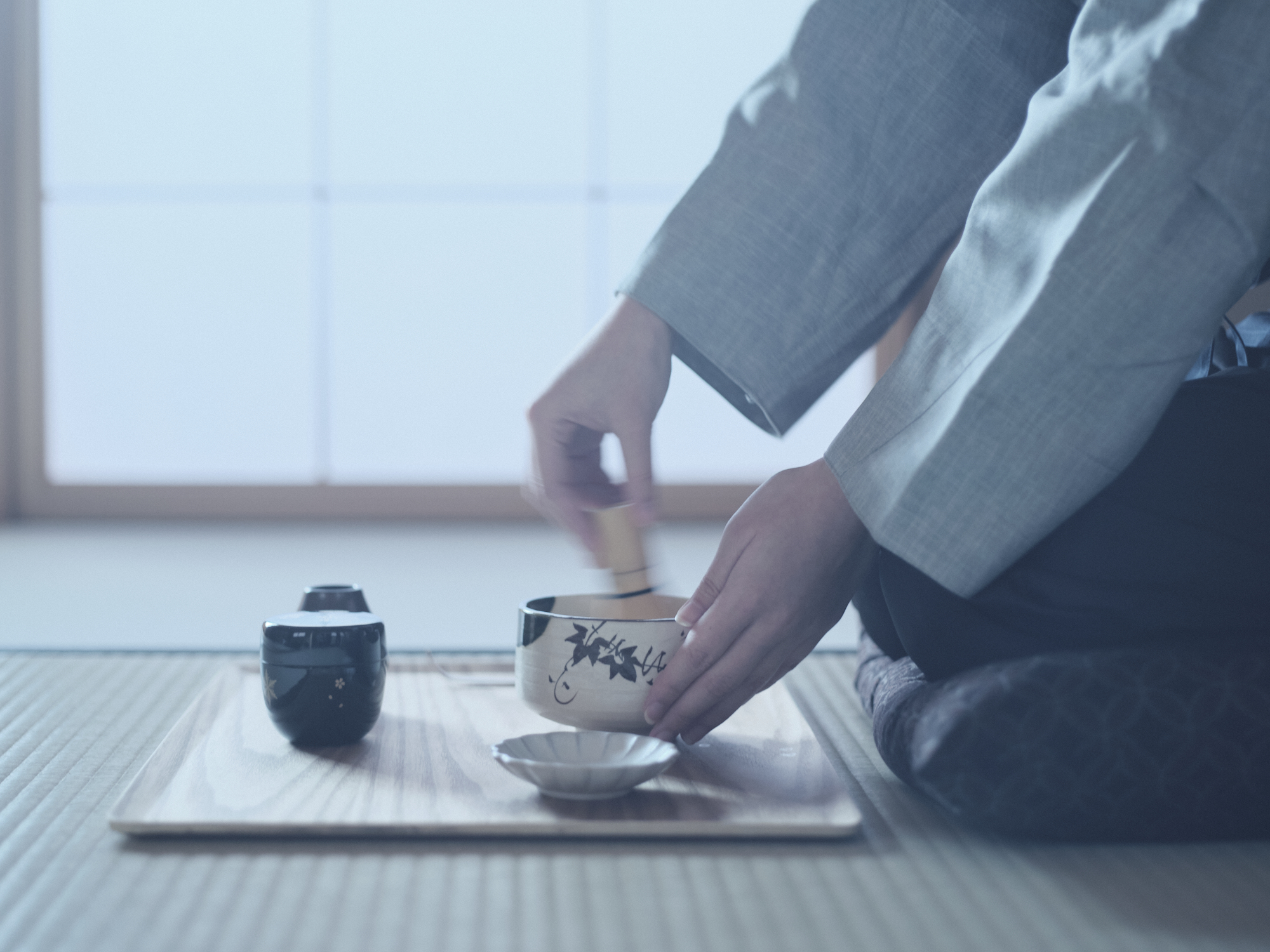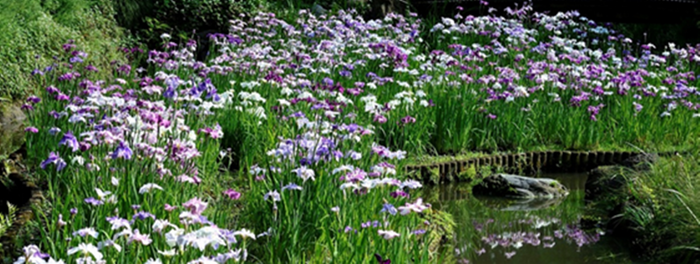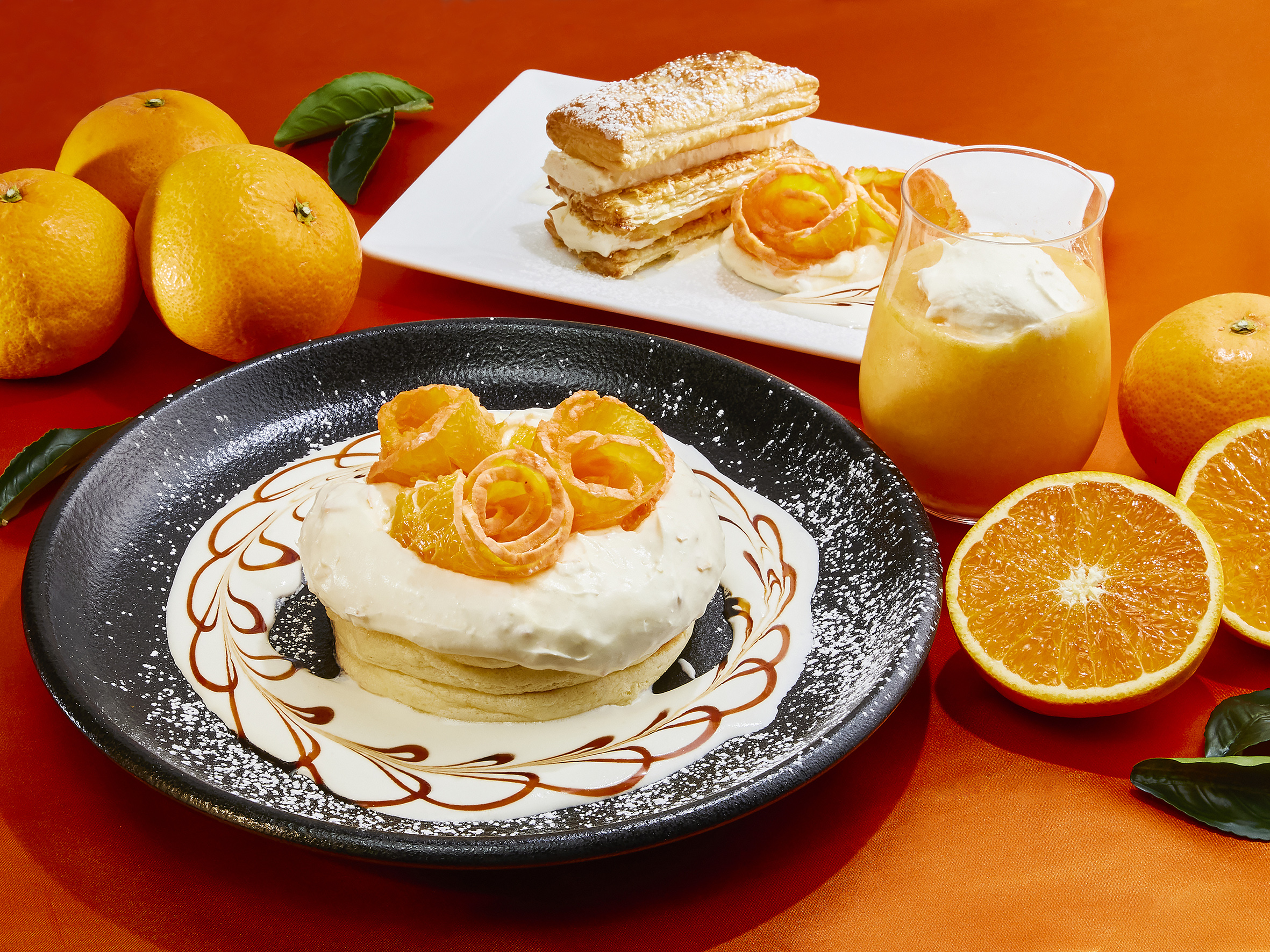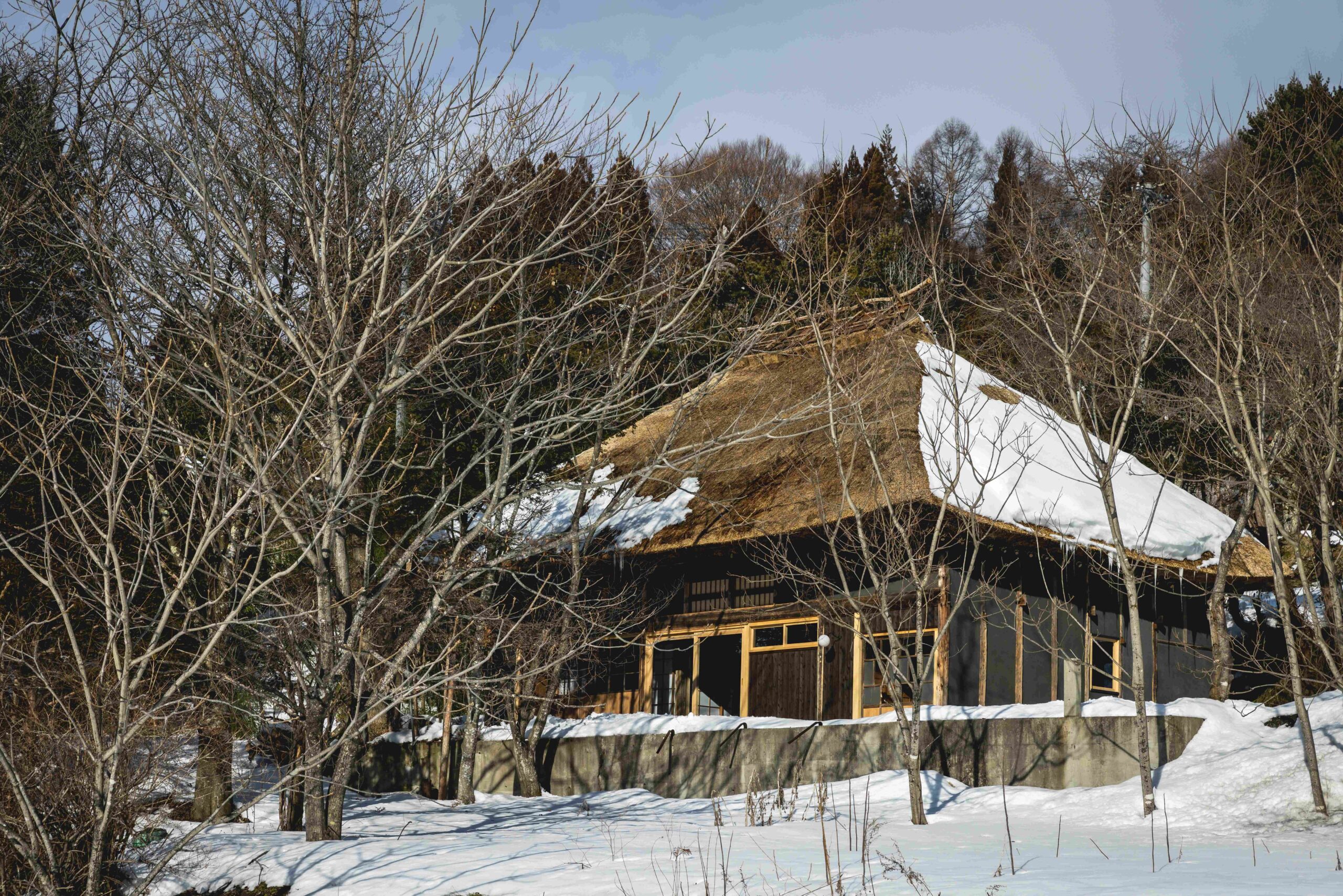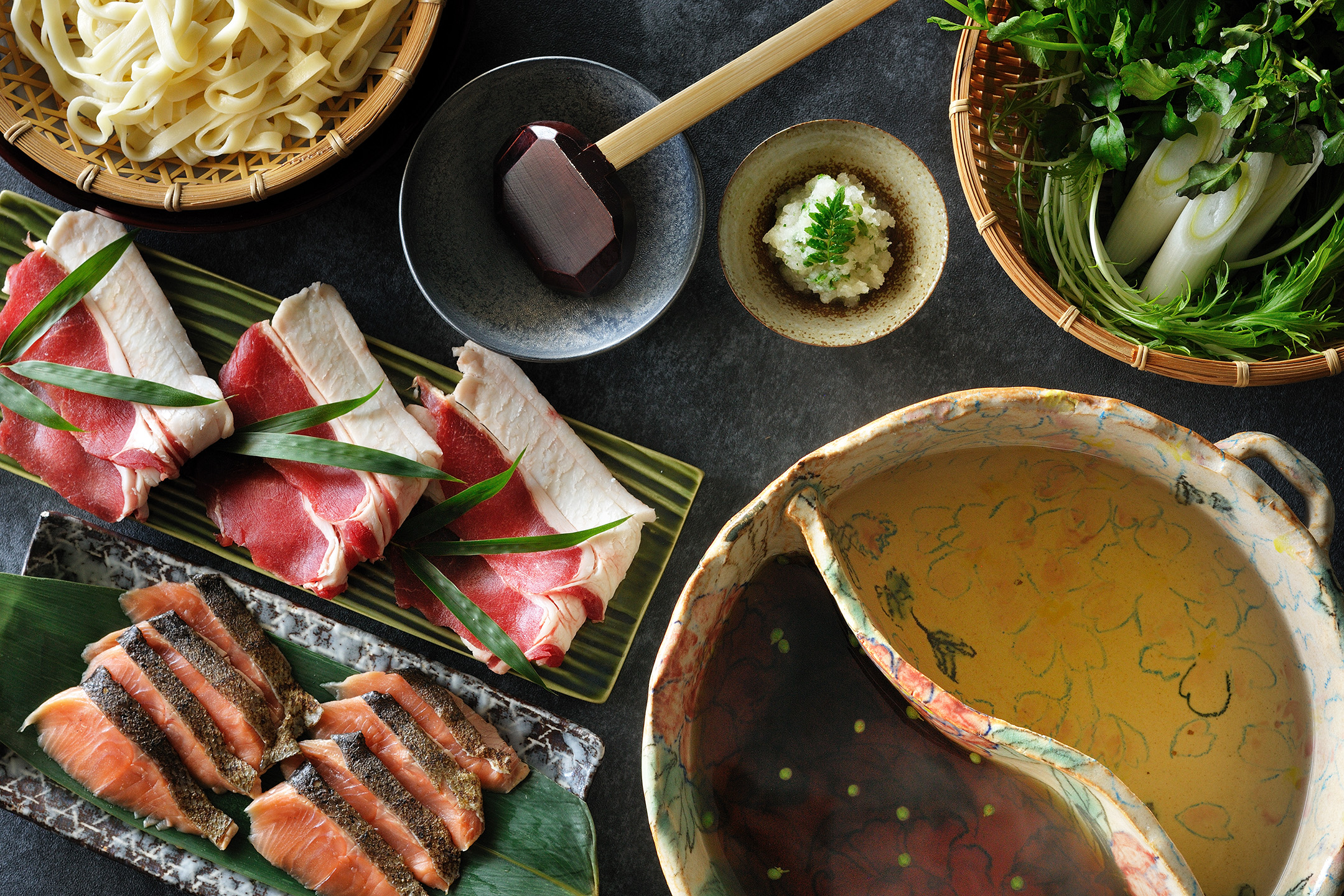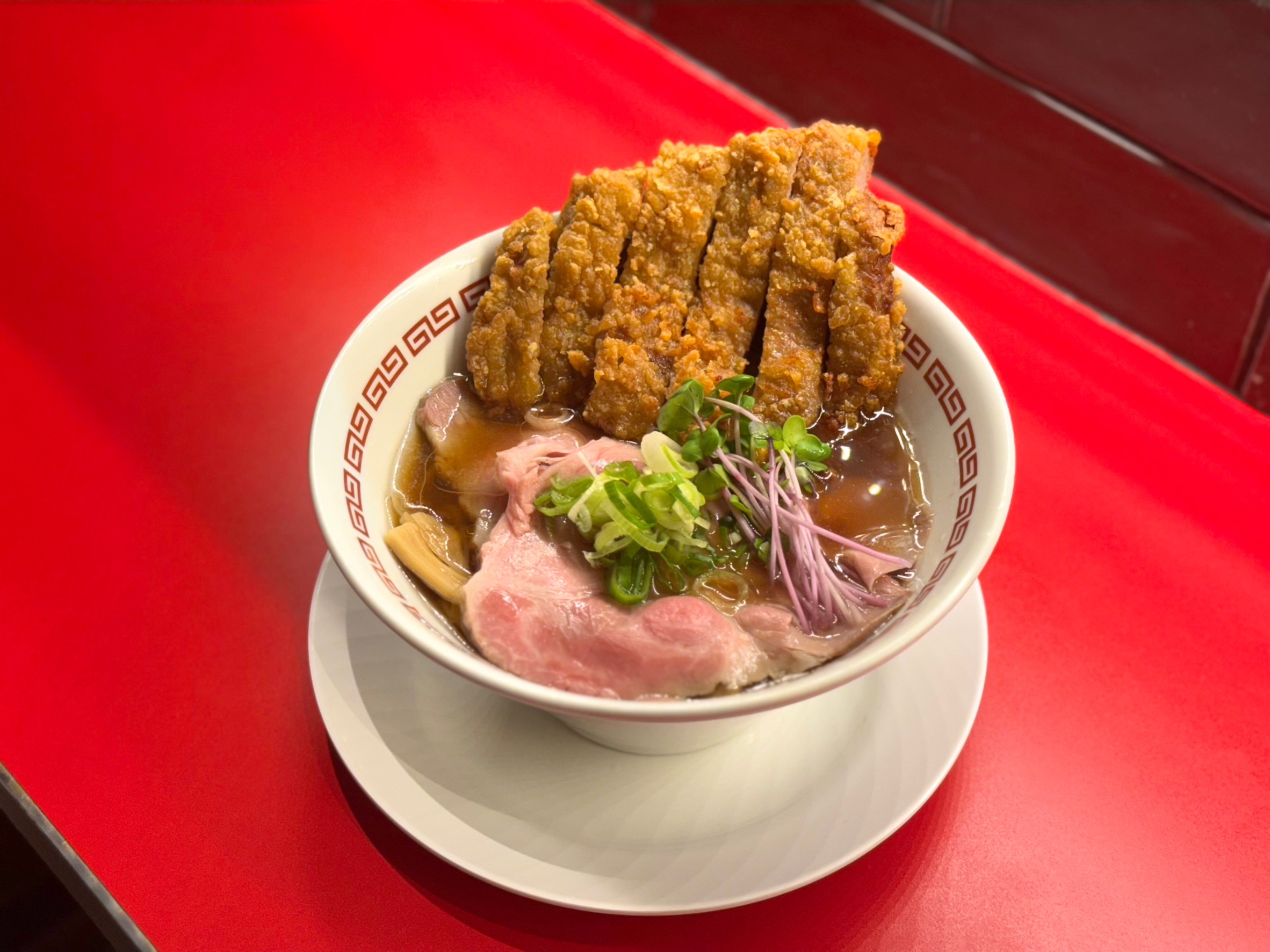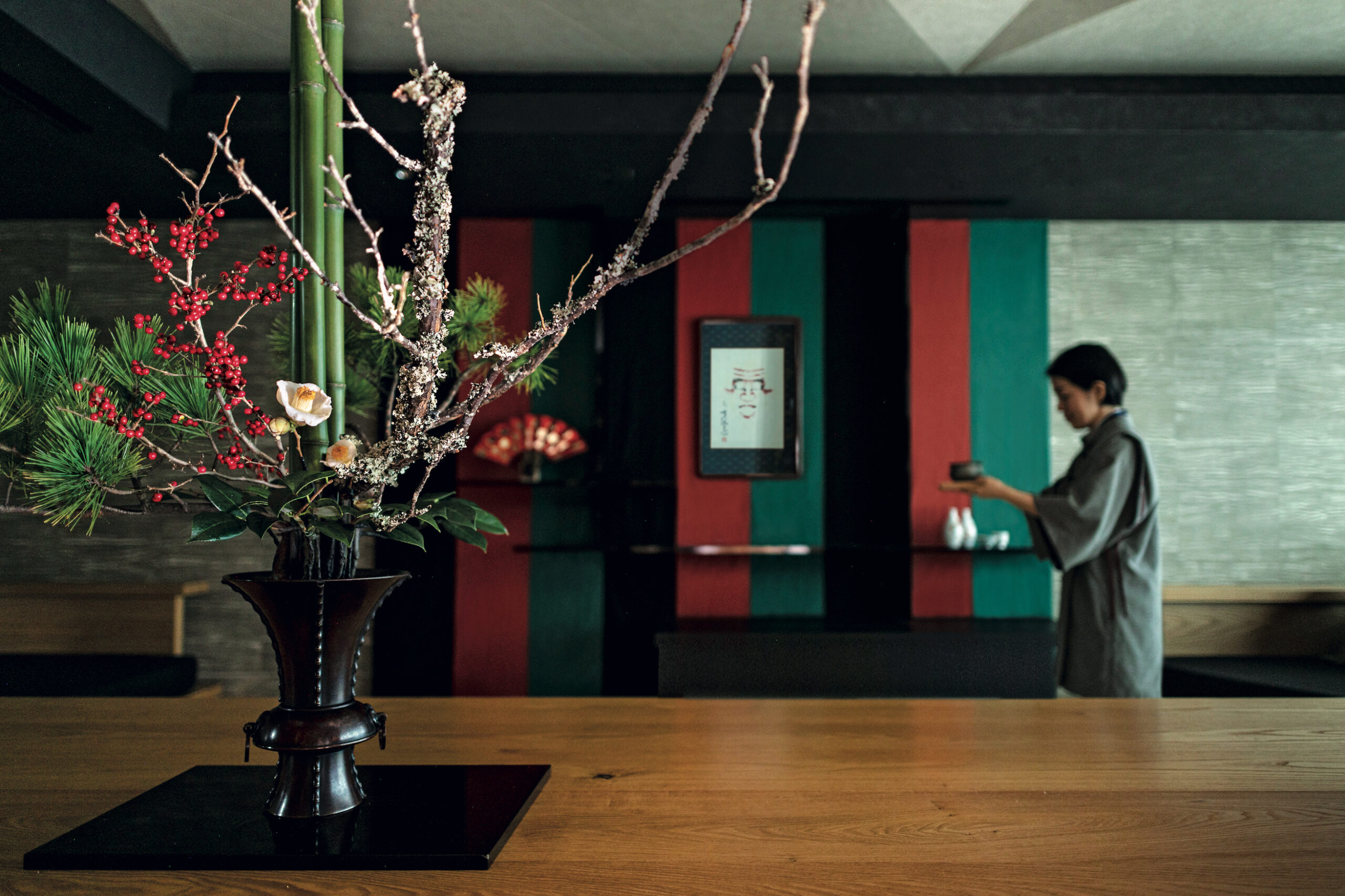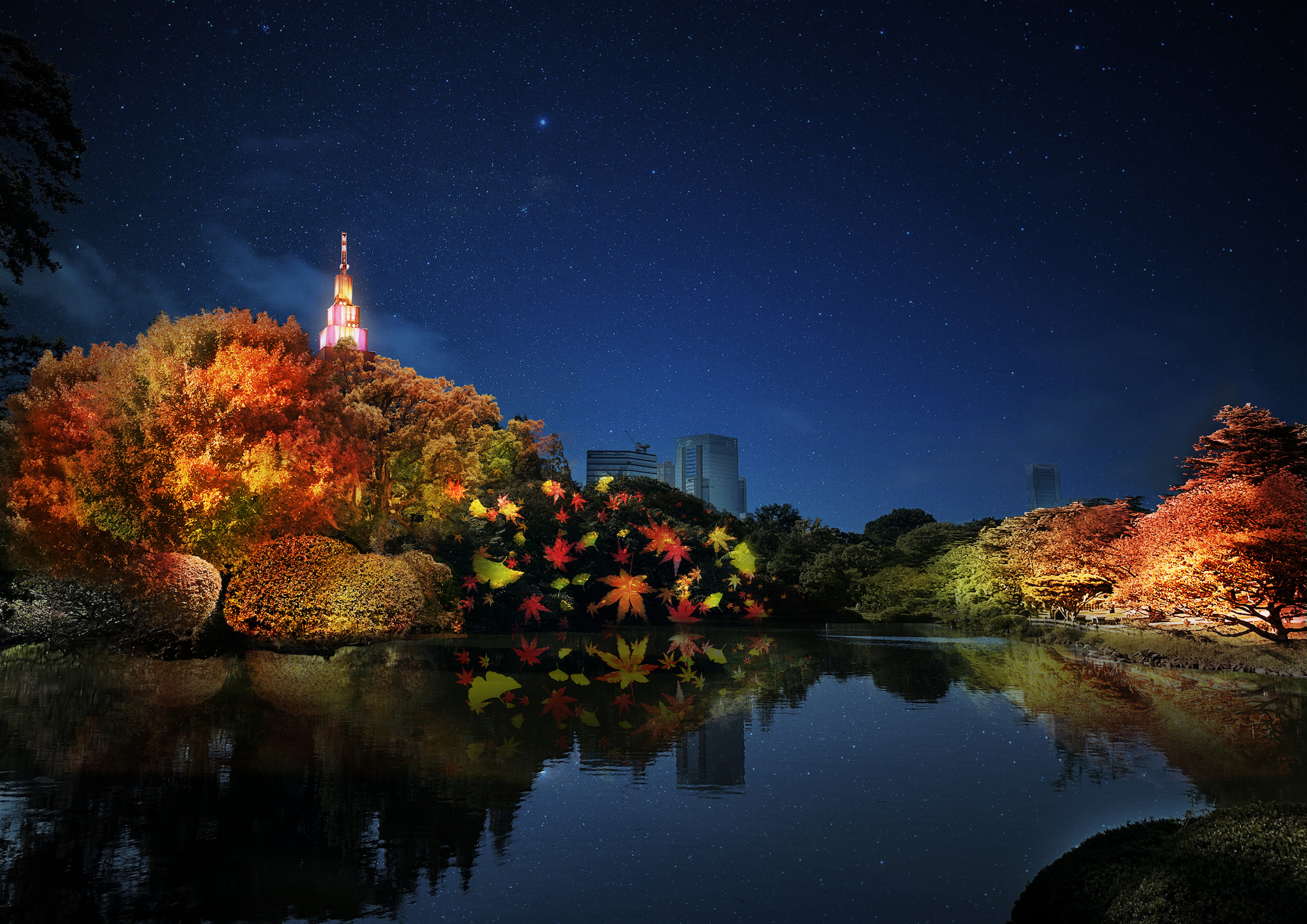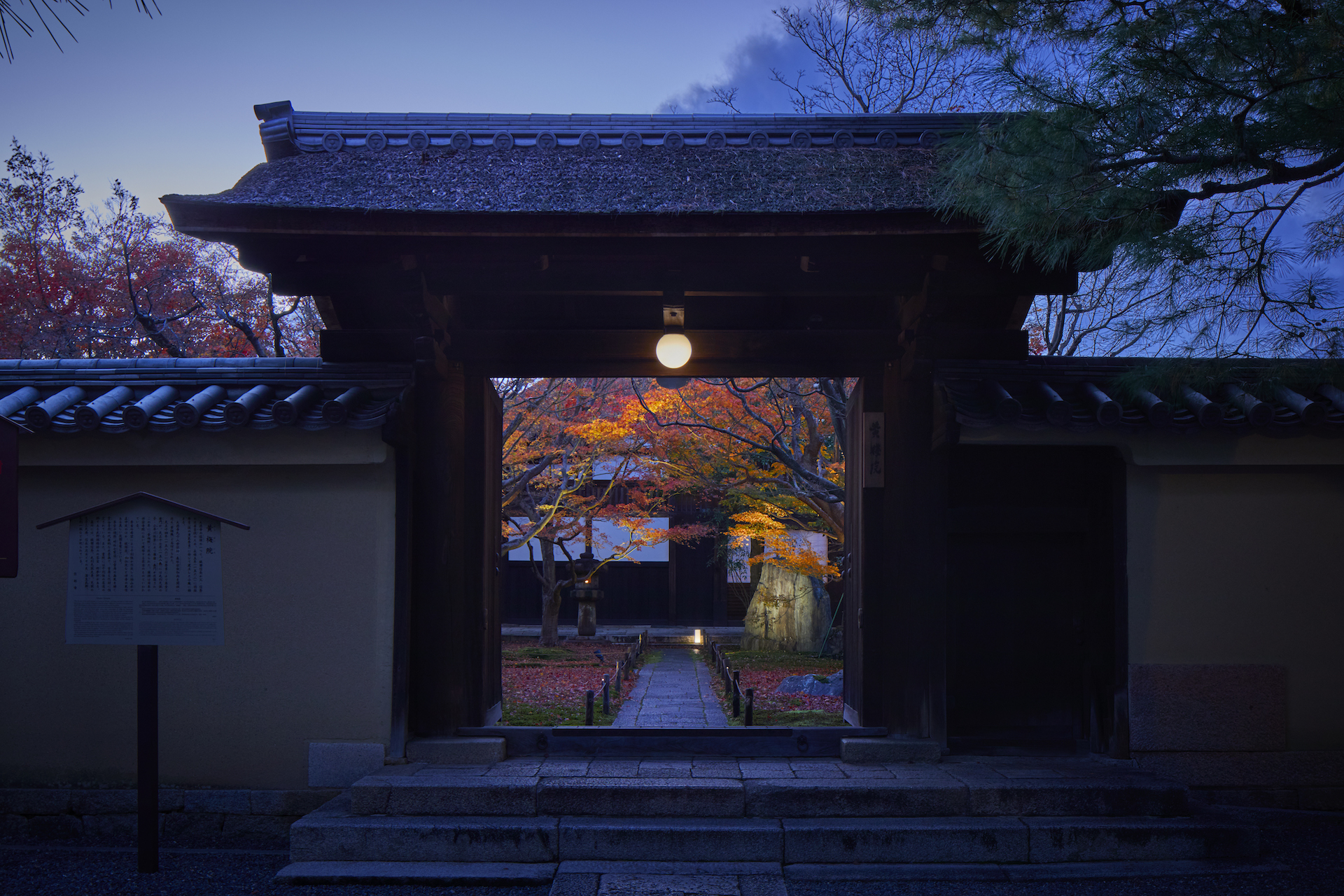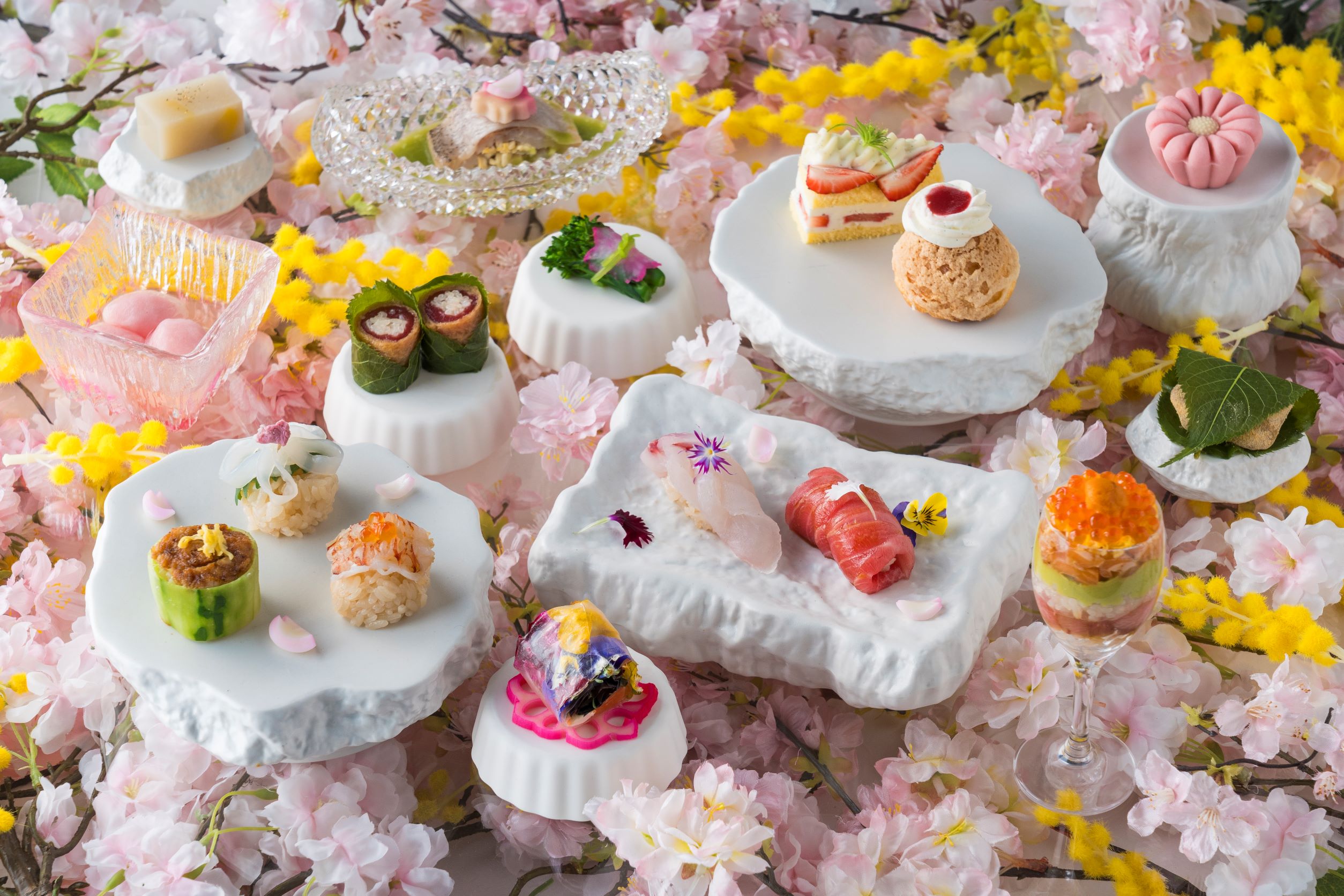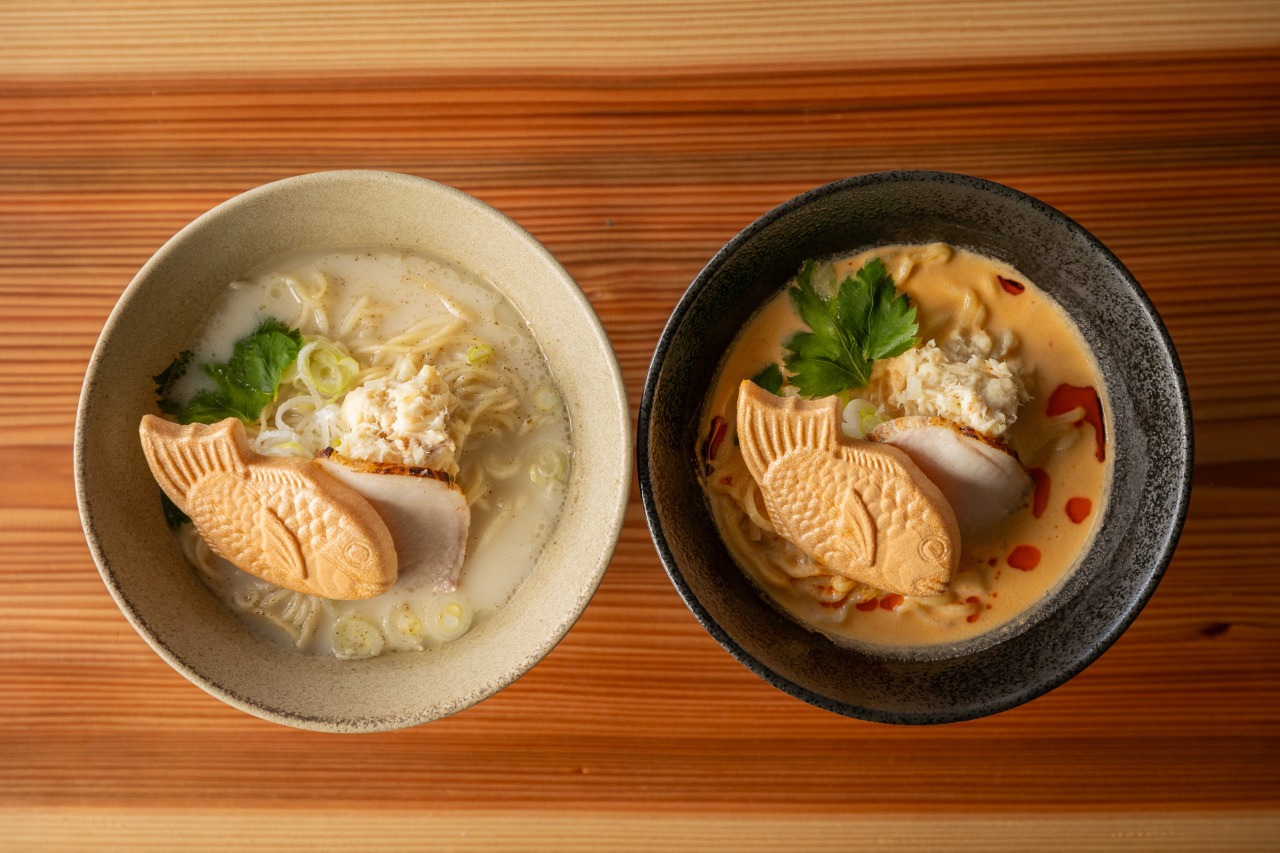First release in Japan of 100% Japanese paper knitted “Washi’s clothes”, which is unique to 100% Japanese paper and realizes a unique texture with sharpness and smoothness. At the “Pitti Immagine Uomo 97” held in Florence in January 2020, it was highly evaluated as a next-generation sustainable material.
Wear 100% Japanese paper
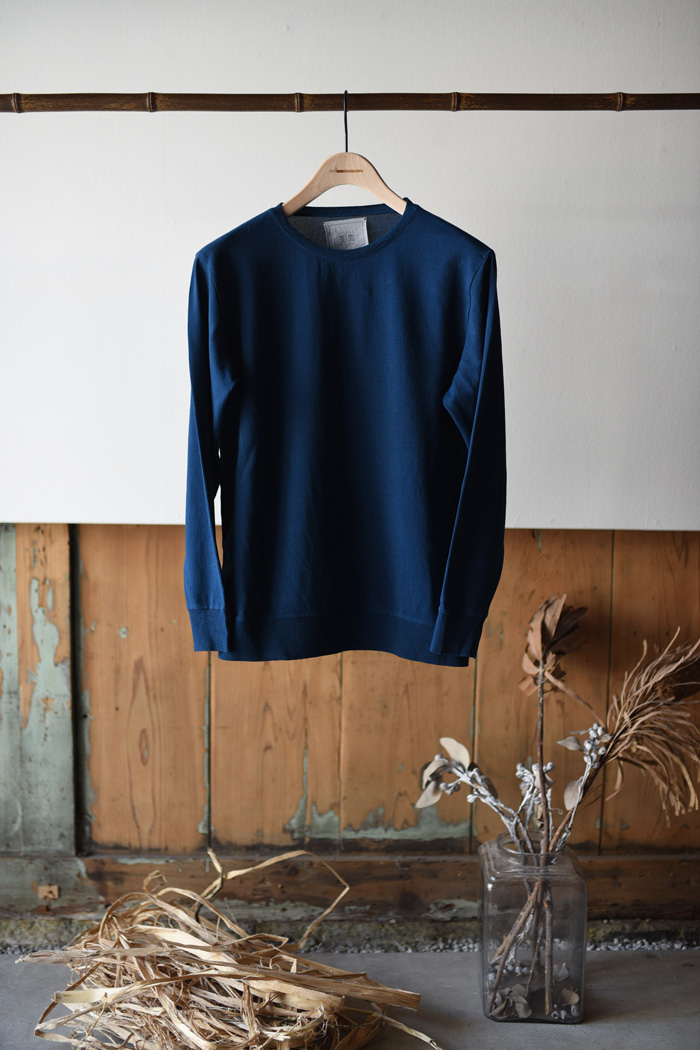
Japanese washi, which has a history of more than 1500 years, has been widely used in people’s lives since ancient times. One example is shoji and fusuma used in Japanese houses. Washi, which has both moisture absorption and moisture retention, functions as a “natural air conditioner” that absorbs moisture in hot and humid summers and releases moisture in dry winters. In addition, porous fibers have excellent antibacterial properties and deodorant properties, and are also effective in keeping the house clean. At present, Japanese paper is recognized for its high functionality throughout the world, such as used for restoration of paintings in museums and museums.
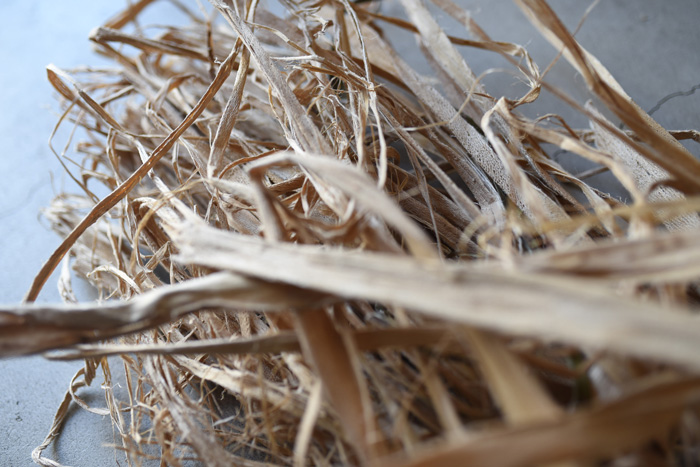
Another important aspect of washi is the “sustainable material”. The raw material is Manila hemp native to the Philippines and Ecuador. Cultivation is possible throughout the year, and once harvested, it can be regenerated within a few years.
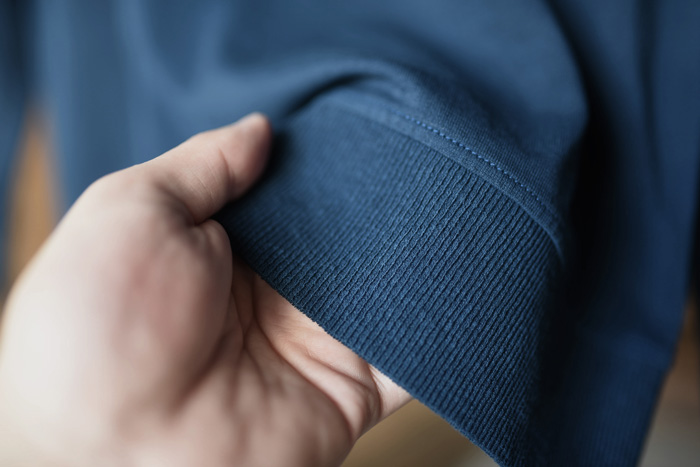
It takes courage to commercialize a new material that is difficult and expensive to handle, while being convinced of the potential of Japanese paper. In fact, in every process from thread-making, knitting, sewing and dyeing, it takes many times as much as usual.
Natural dye (a dyeing technique that extracts dyes from plant pigments) was used to dye “Washi’s clothes” in order to make the best use of Washi as much as possible. Even though it is paper, its softness, smoothness and softness are the result of craftsmanship.
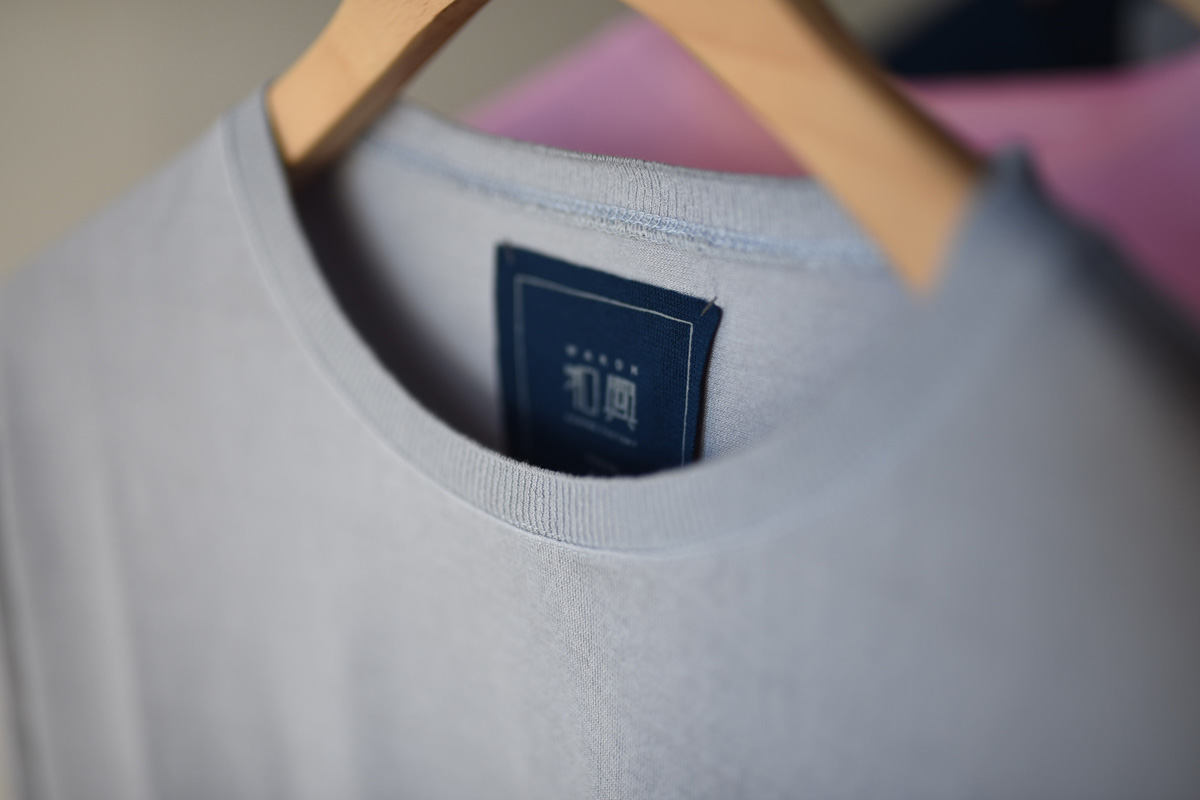
With Japan’s garment import penetration rate approaching 98%, Japanese sewing manufacturers, which are said to be endangered species, have the feeling that they can be included in Japanese paper clothes. It is not only the goodness of the clothes themselves, but also the culture of loving clothes and living together and wearing Made in Japan. I would like you to experience “Washi clothes” once.
>WAKO CORPORATION Official Site
